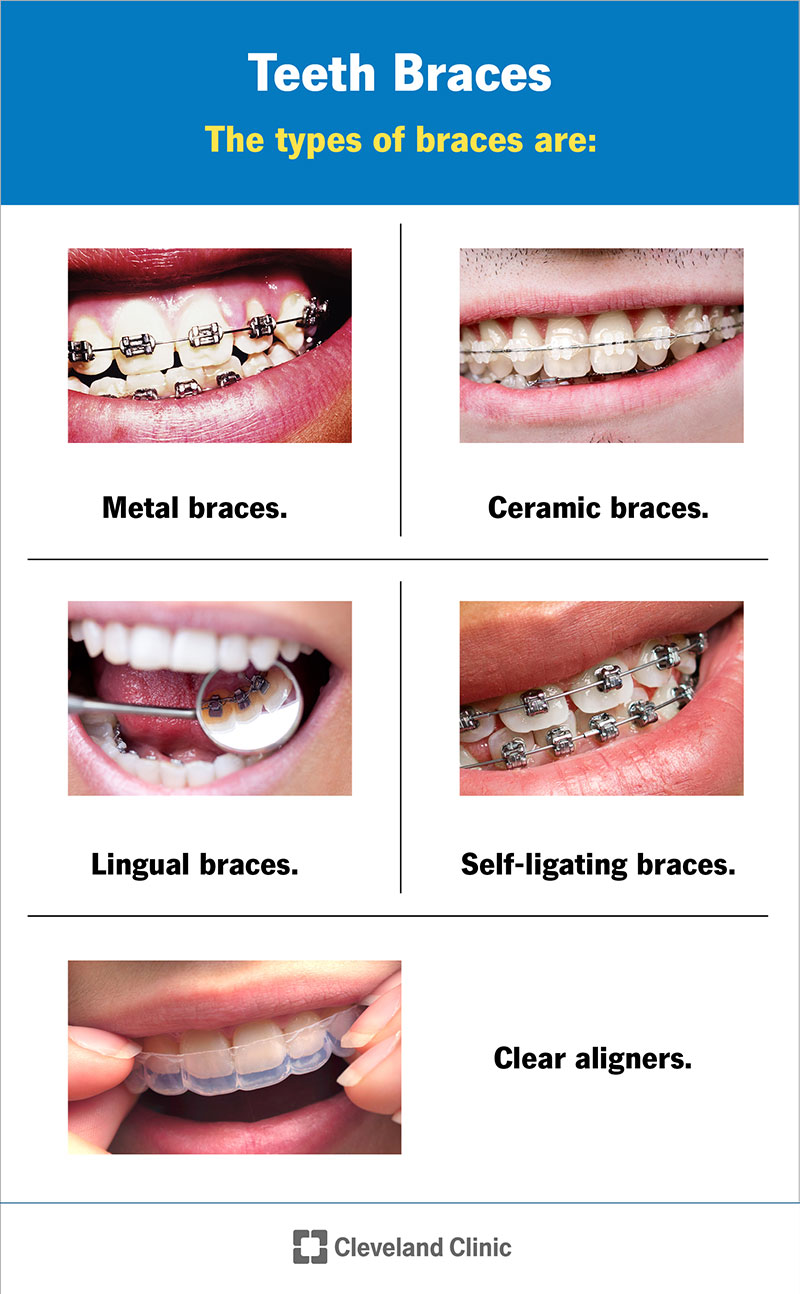Comprehensive Overview to Orthodontics Procedures for Remedying Dental Misalignments
In the realm of orthodontics, the trip to achieving a perfectly straightened smile includes a myriad of procedures tailored to deal with oral imbalances. From traditional braces to unnoticeable aligners and even surgical options, the area of orthodontics uses a range of remedies to attend to varying levels of dental abnormalities. Comprehending the ins and outs of each treatment, including their mechanisms, advantages, and possible downsides, is essential in making notified choices concerning one's orthodontic treatment. As we browse with the detailed guide to orthodontic procedures for dealing with oral misalignments, the elaborate details of each approach will certainly unfold, dropping light on the course toward a unified and useful oral placement.
Orthodontic Procedures Summary

Routine modifications and monitoring are vital parts of orthodontic therapy to make sure development is on track and to make any type of essential modifications along the way. By undertaking orthodontic procedures, people can not just accomplish a straighter grin yet also improve their overall dental wellness and feature.
Typical Dental Braces: How They Function
When thinking about orthodontic therapies for oral misalignments, conventional braces stick out as a time-tested technique for correcting teeth placing. Typical braces include braces, cords, and bands that work with each other to use constant pressure on the teeth, progressively moving them into the wanted placement. The brackets are affixed to the teeth making use of a special adhesive, and the cables are threaded via the brackets. By adjusting the tension of the wires, orthodontists can manage the instructions and force applied to each tooth, leading them right into correct placement in time.
As stress is used to the teeth via the braces, the bone bordering the teeth is improved to support the brand-new tooth settings. Patients will require regular adjustments at the orthodontist's workplace to guarantee the dental braces continue to apply the appropriate stress for efficient teeth movement.
Invisible Aligners: Pros and Disadvantages
These clear, personalized trays are basically unnoticeable when worn, making them an appealing choice for individuals seeking a much more aesthetically pleasing orthodontic therapy. Clients can remove the aligners before eating or brushing their teeth, minimizing the threat of food obtaining stuck in the device and streamlining the cleaning process.

Surgical Orthodontic Options
Surgical treatments in orthodontics present practical alternatives for addressing intricate oral misalignments that may not be properly settled with traditional orthodontic therapies. While typical dental braces and unnoticeable aligners can deal with several orthodontic problems, specific instances need medical treatment to achieve optimum results. Surgical orthodontic options are generally advised for extreme malocclusions, significant jaw inconsistencies, and cases where the underlying bone structure needs modification to attain appropriate alignment.
One usual medical orthodontic treatment is orthognathic surgical procedure, which involves rearranging the jaws to deal with useful problems such as problem eating or talking. This surgery is often executed in partnership with an orthodontist who helps straighten the teeth before and after the procedure. Surgical orthodontics may also include treatments to expose affected teeth, remove excess periodontal cells, or improve the jawbone to create an extra unified face account.
Prior to thinking about medical orthodontic choices, clients go through a comprehensive evaluation to identify the necessity and potential benefits of such interventions. cumming orthodontist. While surgical procedure may seem difficult, it can considerably improve both the function and aesthetic top article appeals of the smile in instances where standard orthodontic treatments drop short
Retainers and Post-Treatment Care

Post-treatment treatment entails following the orthodontist's directions carefully. This might include proper oral hygiene techniques, attending follow-up consultations, and using the retainers as suggested. Failing to follow post-treatment care instructions can lead to relapse, where the teeth slowly relocate back in the direction of their initial placements. Constant retainer wear, great oral health, and regular dental examinations are necessary for keeping the outcomes attained via orthodontic surgical procedure and guaranteeing the lasting stability of the dealt with dental alignment.
Final Thought
In final thought, orthodontic treatments use various choices for remedying dental imbalances. Traditional braces make use of steel brackets and wires to change teeth right into proper positioning. Unseen aligners give an even more discreet alternative but may not be suitable for all cases. Surgical orthodontic choices are offered for a lot more serious imbalances. Retainers are frequently made use of post-treatment to preserve the new placement. Overall, orthodontic treatments can effectively improve dental health and aesthetic appearance.
As we browse with the extensive overview to orthodontic procedures for correcting dental misalignments, the detailed find more info details of each method will certainly unravel, shedding light on the course towards a harmonious and useful oral placement. - aligners
One of the most typical orthodontic treatments is the usage of braces, which are composed of steel braces and cables that apply mild stress to gradually change teeth right into the desired placement.When thinking about orthodontic treatments for oral after hours dental clinic imbalances, conventional dental braces stand out as a time-tested technique for remedying teeth placing. Additionally, unseen aligners might not be appropriate for complicated orthodontic issues that call for more considerable teeth activity, as they are commonly suggested for light to modest cases. Retainers are customized orthodontic devices created to hold teeth in their remedied placements after the completion of orthodontic treatment.